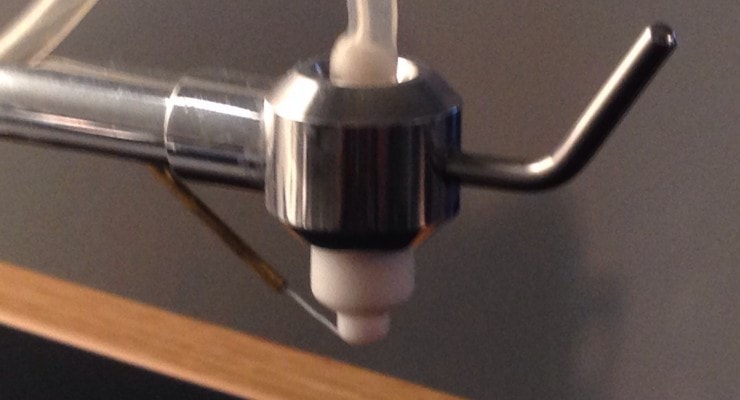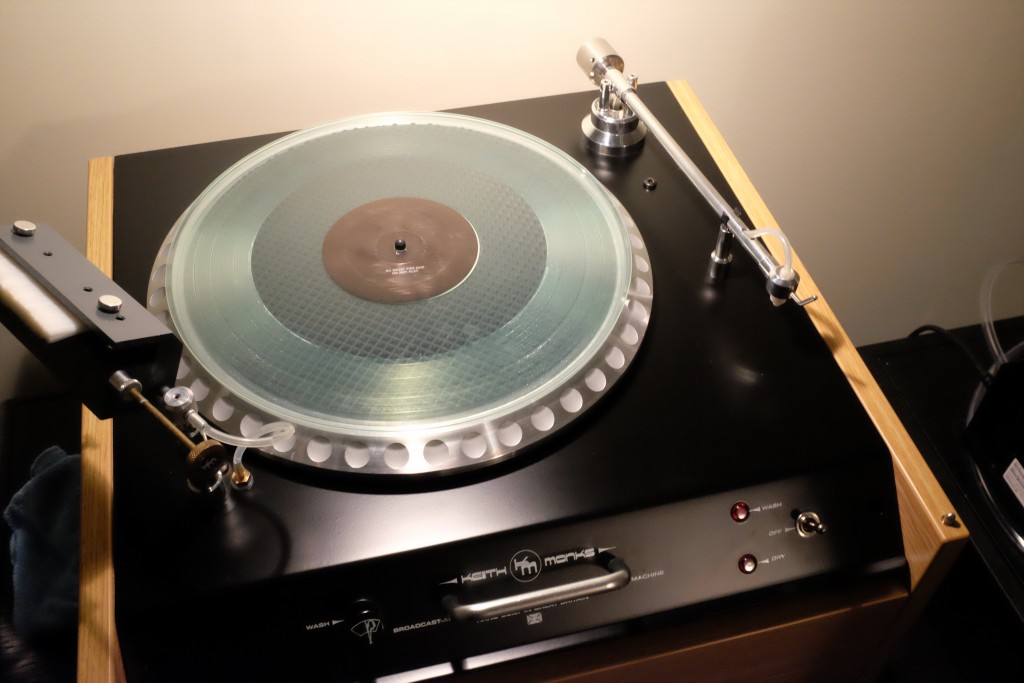I'm in the camp that has found every record not well cleaned by a previous owner will benefit from a good cleaning.
Having evolved from manual processes with dishracks, air-drying etc to VPI to a regimen of US followed by wet vacuum rinses, I've improved audible results with a few missteps along the road.
I can't comment on differences between the new crop of high$ machines ,but suspect the Degritter, Kirmuss etc. all perform at a generally high level. The Audiodesk is the best I've personally experienced. Due to budget priorities I've settled on a more modest solution that gives similar results to Loricraft, VPI Typhoon and other >$1K options by investing a bit more "elbow grease".
@saulh This thread gives all the gory details and might be informative regarding your routine:
Rushton's Approach to Ultrasonic Cleaning
From various threads, @pindac really stands out as an expert on record cleaning. Searching his posts might be worthwhile if you really want to dive deep on the topic. Cheers,
Spencer



